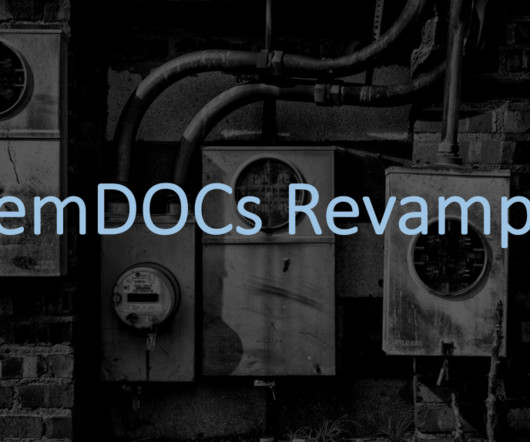Ultrasound of the Month: Gallbladder Perforation
Taming the SRU
JULY 24, 2023
A bedside right upper quadrant ultrasound was performed, and the images are below. Complications of acute gallbladder perforation include localized peritonitis, hepatic, subhepatic, or pelvic abscess formation, pneumonia, pancreatitis, acute renal failure, and sepsis (7). Patients should be resuscitated as deemed appropriate.












































Let's personalize your content